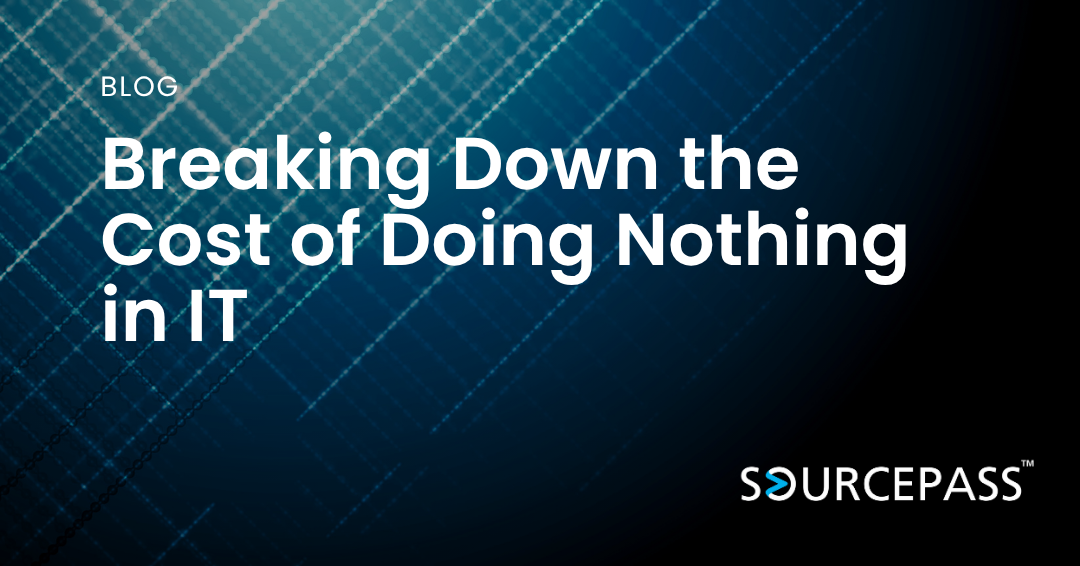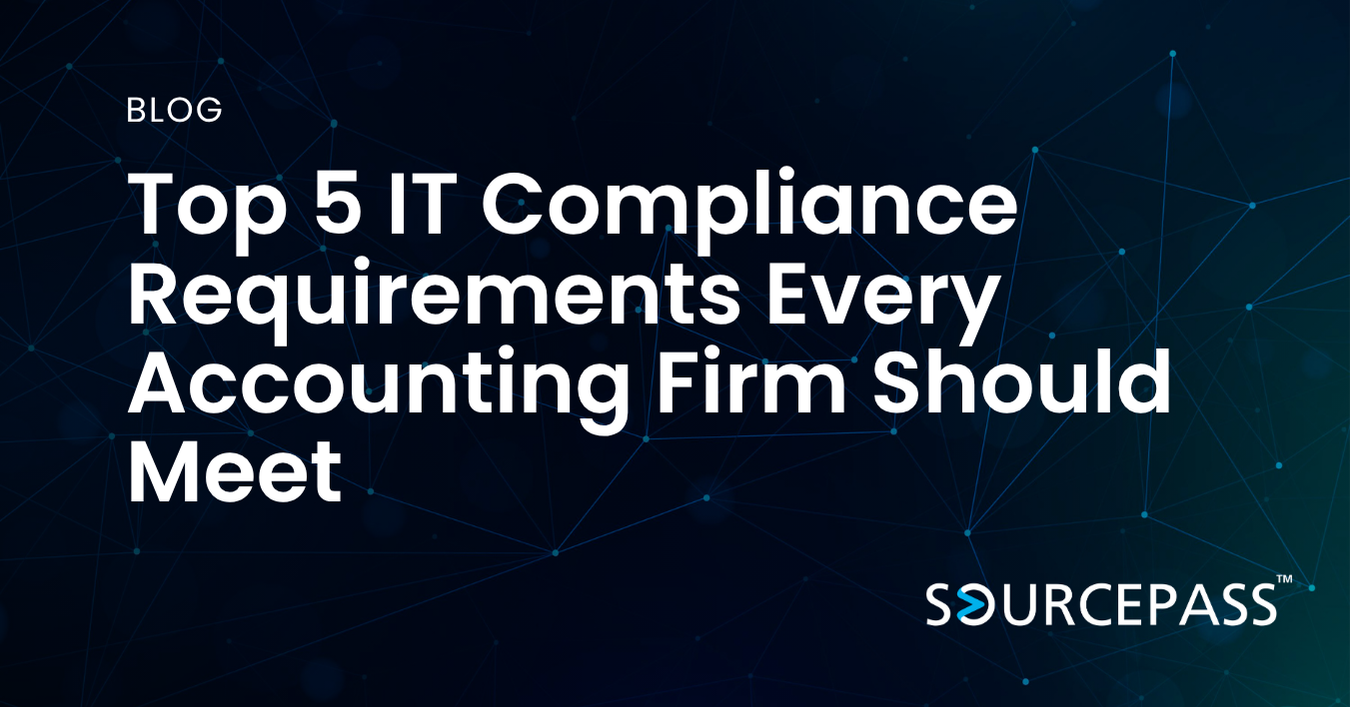Breaking Down the Cost of Doing Nothing in IT
Jun 19, 2025 Alex Davis Costs & Budget 2 min read



When it comes to IT, doing nothing often feels like the easiest and least expensive choice—especially for businesses trying to preserve budgets or "wait until next year" for upgrades. But in reality, deferring IT investments is like postponing roof repairs on a house. You might avoid short-term expenses, but over time, the problems compound—and the costs grow far beyond the original fix.
In this article, we’ll break down the true cost of doing nothing in IT and why “just holding off” can quietly damage productivity, security, and long-term business growth.
The IT Maintenance Metaphor: Your Business is Like a House
Imagine your business technology like the foundation and infrastructure of a house. It’s what keeps operations running—your communications, your security, your workflows. Now think about what happens when you:
- Delay fixing a leak
- Ignore a crack in the foundation
- Keep using faulty wiring
- Put off replacing the HVAC system
Each small delay may seem harmless in isolation. But over time, these problems get worse—and more expensive to fix. That’s exactly how IT debt and risks accumulate.
The Hidden Costs of Doing Nothing in IT
Here’s a breakdown of what “doing nothing” in IT can cost your organization over time.
1. Downtime Costs Add Up Fast
Old systems crash more often. Unpatched devices break. Overloaded networks slow to a crawl. Even just one hour of downtime per week can cost thousands in lost productivity.
Example:
A 20-person team experiencing just 1 hour of tech-related downtime per week (at an average loaded salary of $60/hour) could lose over $62,000 per year in productivity.
2. Security Vulnerabilities Widen with Time
Cyberthreats evolve constantly, but legacy systems and outdated firewalls stay the same. If you're not regularly updating, patching, and upgrading, you’re creating gaps attackers can exploit.
- Missed patches = easy access points for hackers
- Legacy software = unsupported vulnerabilities
- Weak password policies = phishing targets
The cost of a breach—especially for SMBs—can exceed $100,000 in fines, downtime, recovery, and reputational damage.
3. Talent Frustration and Turnover
Slow logins. Broken tools. Unsupported apps. Tech headaches aren’t just annoying—they're a top driver of employee frustration. Over time, poor IT environments:
- Hurt productivity
- Delay onboarding
- Lead to burnout among internal IT staff
- Contribute to higher turnover among employees
4. Compliance Risks Grow Over Time
For regulated industries, IT compliance is non-negotiable. But many small and mid-sized firms defer documentation, security updates, or vendor reviews until it’s “audit season.”
This leads to:
- Failed audits
- Last-minute remediation costs
- Fines or legal exposure
- Loss of business from non-compliant vendors or clients
5. Scalability Roadblocks Get Harder to Fix Later
Let’s say you plan to grow next year—hire more people, open new offices, expand services. If your infrastructure can’t scale with you, you’ll face:
- Delayed hires due to slow onboarding
- Integration issues with new software
- Network slowdowns
- Higher upgrade costs (due to rushed or reactive decisions)
What could have been a $10,000 proactive upgrade turns into a $50,000 reactive overhaul.
Why IT Procrastination Happens
Businesses delay IT improvements for a few common reasons:
- Sticker shock from perceived high costs
- Assumption that current systems are “fine”
- Lack of in-house expertise to evaluate options
- Competing priorities for budget or attention
But just like skipping routine maintenance on your home, the illusion of saving money now often results in higher costs later.
What to Do Instead: Start Small, But Start Now
If your business hasn’t invested in IT upgrades or assessments in over a year, now’s the time to:
- Conduct an IT risk and cost assessment
- Prioritize updates to critical systems (security, cloud, backups)
- Evaluate managed IT support to fill resource gaps
- Document an IT roadmap that aligns with growth goals
Even modest investments in maintenance, modernization, and security can prevent major disruptions later.
Final Thought: Waiting is Expensive
The cost of doing nothing in IT isn’t just dollars—it’s lost time, broken trust, and opportunities you may never get back. Whether you’re running on legacy software or relying on overworked staff, each month of delay increases the future cost of getting it right.
Need help identifying where delay is costing you most?
Schedule a free IT risk review. We’ll help you pinpoint hidden costs and create a practical, phased plan for progress—without blowing your budget.
Subscribe To
Sourcepass Insights
Sourcepass Insights
Stay in the loop and never miss out on the latest updates by subscribing to our newsletter today!
.png?width=500&height=100&name=White%20Logo%20-%20Transparent%20Tag%20(3).png)



